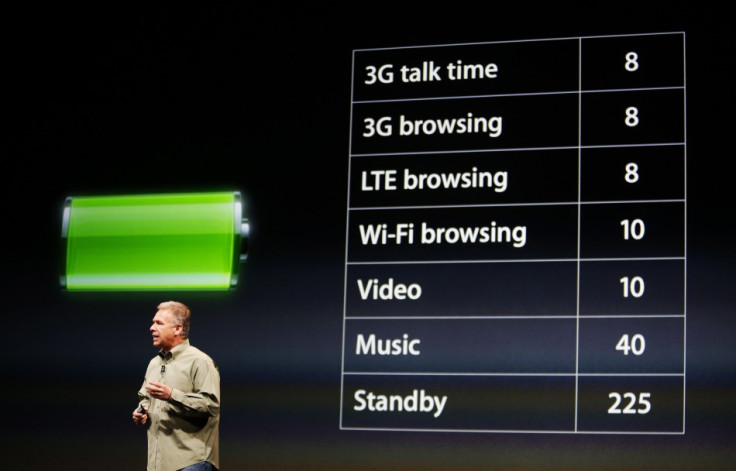New Breakthrough Could Help Double Smartphone Battery Life
A new breakthrough in cellular technology by a US-based company could alleviate the problem of short smartphone battery lives.

Smartphones have developed at an exponential rate since Apple launched the original iPhone back in 2007. Despite (or indeed because of) the advances in screen technology, processing power and ever-more demanding games and apps, battery life of these devices has suffered.
Most high-end smartphones today will barely last a full day's normal use with battery technology not advancing fast enough to cope with the advances in other areas of smartphone technology.
Now, a breakthrough which will initially be used to help make cellular base stations more efficient could pave the way to make smartphones a lot less power hungry, thereby making the battery last a lot longer.
According to the MIT Technology Review, powering these cellular base stations around the globe consume $36 billion (£22.2bn) worth of electricity each year - or to put it another way, 1 percent of all electricity consumed on the planet.
Much of this power is wasted by a hugely inefficient piece of hardware called the power amplifier, which turns the electricity into radio signals. These waste up to 65 percent of their energy.
Smartphones
The versions of power amplifiers within smartphones, suffer from similar problems, and this is one of the main reasons why you might notice your phone heating up when you are streaming video or sending a large file.
A company called Eta Devices, based in Cambridge, Massachusetts and spun out of the Massachusetts Institute of Technology (MIT), claims it has made a breakthrough in relation to a this technology.
Eta Devices, co-founded by two MIT electrical engineering professors, Joel Dawson and David Perreault, says the technology is currently at the lab-bench stage, but should it prove itself in the field - expected to start in 2013 on LTE base stations - it could slash the energy costs of base stations by half.
A chip-size version of the power amplifier would have similar effects on the power usage of smartphones, according to Dawson and Perreault.
"There really has been no significant advance in this area for years," says Vanu Bose, founder of Vanu, a wireless technology startup. "If you get 30 to 35 percent efficiency with today's amplifiers, you are doing really well. But they [Eta Devices] can more than double that."
Amplifiers
According to the MIT Technology Review: "Power amplifiers use transistors that consume power in two basic modes: standby mode and output signal mode when sending out pulses of digital data. The only way to improve their efficiency is to use the lowest amount of standby power possible. But making sudden jumps from low-power standby mode to high-power output mode tends to distort signals, so existing technologies keep standby power levels high, wasting electricity."
Dawson explains that the more data you need to send, the worse it gets: "It means you are pulling a lot of energy just to keep the thing on. With high data rate communication, you wind up needing far more standby power than signal power. This is why the phone is warm."
The company calls the technology "asymmetric multilevel outphasing" and it chooses different voltages that can be sent across the transistor up to 20 million times a second. The new amplifier will choose which voltage will minimise power usage the most.
Dawson and Perreault hope their work on a smartphone chip will lead to a single power amplifier that can handle all of the different modes and frequencies used by the various global standards, (CDMA, GSM, and 4G/LTE.) For example, the iPhone 5 which was launched earlier this year has five separate chips.
Eta Devices is planning on showing off the technology at Mobile World Congress in Barcelona in February.
© Copyright IBTimes 2024. All rights reserved.






